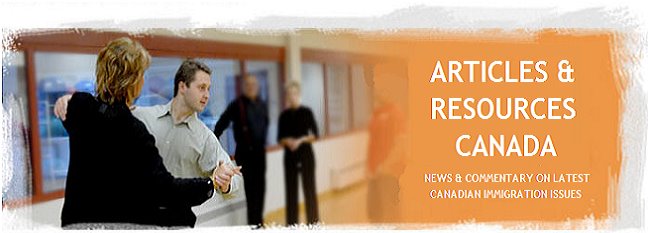Manitoba has announced to make its Provincial Nominee Program (MPNP) more accessible to a wider range of internationally skilled workers by removing "occupational licensing requirements list" from the MPNP so that skilled workers from all occupations with a strong connection to Manitoba are eligible to apply now.
The Occupations with Additional Requirements List was introduced in 2004, when Manitoba redesigned its provincial nominee program, to provide potential applicants with the information they needed to know and the steps they needed to take to improve their chances for employment in Manitoba, before they applied to the MPNP.
The purpose of the list was to ensure that potential applicants received the information they needed before coming to Canada concerning licensing requirements which could present barriers to employment for them.
The removal of the list of occupational requirements not only shows Manitoba’s strong commitment to reducing barriers to employment for newcomers and their families but it will also streamline the program to make it more accessible for applicants with strong connections to Manitoba to apply.
Now MPNP would consider applicants in occupations which used to be on now-removed Occupations with Additional Requirements List by assessing on a case-by-case basis and each applicant must demonstrate his/her potential for employability in Manitoba, based on factors such as age, education and training, work experience, language ability, pathways to certification, transferable skills and available settlement supports.
For example nurses living overseas will be assessed based on the strength of their close family ties to the province, documented past education and work experience, together with English skills, allowing them to challenge licensing exams in Manitoba.
However, live-in caregivers must still apply through the specific Government of Canada program created for them and cannot apply under that occupation to the MPNP.
An updated application kit is now available at http://www.immigratemanitoba.com/, a new website to help interested applicants make informed decisions about immigration to Manitoba.
The website includes information and tools to assist newcomers to gauge if they will get jobs and successfully settle in one of the dozens of Manitoba communities that together welcome close to 11,000 immigrants each year. Visitors to the site can explore employment possibilities with the Working in Manitoba Canada Career Research Tool. The tool provides applicants information to help them assess, plan and prepare for employment in Manitoba including job searches.
In addition, Manitoba continues to introduce positive changes for immigrants such as The Fair Registration Practices in Regulated Professions Act, Worker Recruitment and Protection Act, and a new Settlement Strategy. All of these changes to the MPNP involve providing safer, fairer, clearer and more efficient information and opportunities to immigrants to encourage better settlement and labor market outcomes for those who choose to build their future in Manitoba.
According to Tom Carter, a Canada Research Chair in Urban Change and Adaptation at the University of Winnipeg, MPNP is one of the world’s best immigration program. Tom Carter concluded this after a review of MPNP for a recent issue of the Journal of International Migration and Integration.
The Manitoba PNP was established in 1999 and has brought in two thirds of Manitoba’s immigrants since then. It is the most successful PNP in the nation, having attracted 60 per cent of all nominees over the 1999-2006 periods.
Saturday, September 20, 2008
Manitoba removes another immigration barrier for skilled workers in regulated professions and trades
Posted by
Salman Hussain
at
4:13 AM
![]()
Labels: canadian immigration, newcomers, pnp
